10 Things Every Creator Should Know Before Launching a Kickstarter Campaign
Seven-time Kickstarter creator Roye Okupe shares what he’s learned about being prepared, building community, and getting past fear of failure.
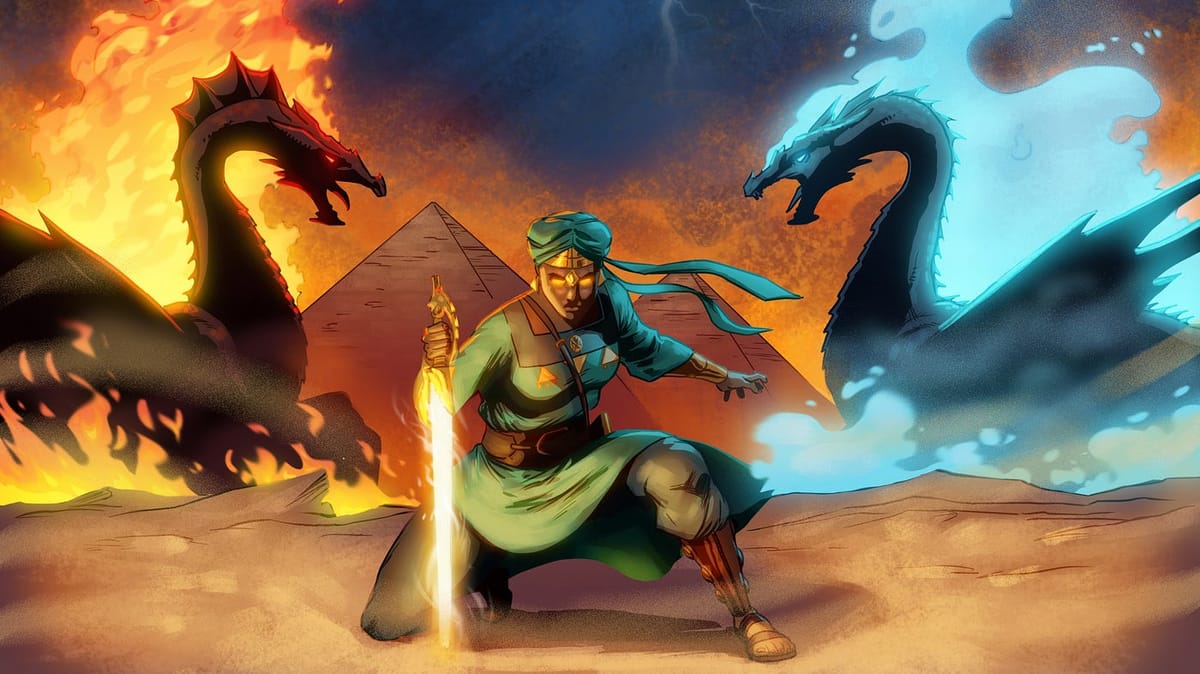
Seven-time Kickstarter creator Roye Okupe shares what he’s learned about being prepared, building community, and getting past fear of failure.
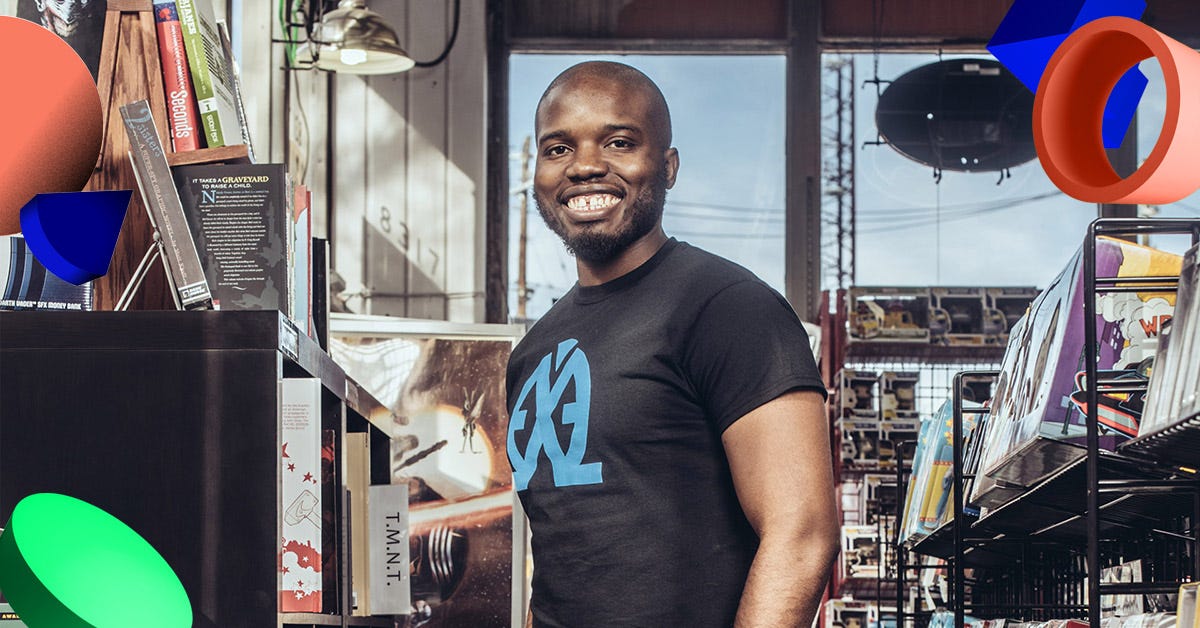
This essay by Roye Okupe is part of a series that celebrates past projects. This essay was originally published on Kickstarter's Medium by Creator Roye Okupe on May 9, 2019.
Without Kickstarter, I would not be where I am as a creator today. I’ve used the platform to launch six successful projects: five graphic novels and one animated pilot based on one of my graphic novels. And while that may sound like — and, indeed, is — a success story, it came with some lessons I had to learn the hard way.
Here, I highlight ten crucial things I learned while getting ready to launch my six successful projects. I believe these lessons can apply beyond Kickstarter, to anyone with a vision, mission, or goal they strongly believe in and are striving to bring to life.
1. Plant a tree.
There’s an ancient Chinese proverb that goes, “The best time to plant a tree was 20 years ago. The next best time is now.”
Have you ever wanted to do something but then never got around to it? As a creator, it’s easy to procrastinate for months, or even years or decades. Then you look back and think, “Wow, I really should have done that years ago, but it’s too late now.”
I’ve seen a lot of creators fall into this trap: They wanted to launch a Kickstarter campaign, a business, a product, a story, a film, a book, but never got around to it. Then they look back and think it’s too late. But it’s never too late. You may have lost time, but the next best time to do that thing — to plant that tree — is now. Don’t wait another 20 years.

2. Don’t be afraid to fail.
I struggled with fear of failure before my first Kickstarter campaign — and even now, as I write this, four years later and two weeks before launching my seventh project, I’m still trembling with fear. What if my project doesn’t fund? What if no one likes it? What if I haven’t done enough? What if, what if, what if. It’s an endless spiral of fear and doubt. And if you’ve tried to do anything of significance as a creator — or as a person, for that matter — odds are you’ve felt this too.
Being afraid is OK. What’s not OK is allowing your fear to paralyze you.
Being afraid is OK. Trust me when I say you’re not alone — millions of other people feel it too. What’s not OK is allowing your fear to paralyze you. So, how do you deal with this?
3. Be prepared.
In my experience, one thing that helps silence the fear is preparation. You have to have a plan. Ask yourself:
- Have you already worked to build an audience outside of Kickstarter (through a mailing list, social media, etc.)?
- Have you spent months driving up buzz? Have you pitched your work to press?
- Do you have enough of the product (whether that’s a comic, a film, an album, or a new gadget) to show off?
- Have you researched the top five successful projects and top five unsuccessful projects in your category on Kickstarter?
These are all things you can (and should) start planning months before you launch. And this advice doesn’t just apply to launching a Kickstarter campaign; being prepared and doing your homework applies to every other aspect of your life as a creator.
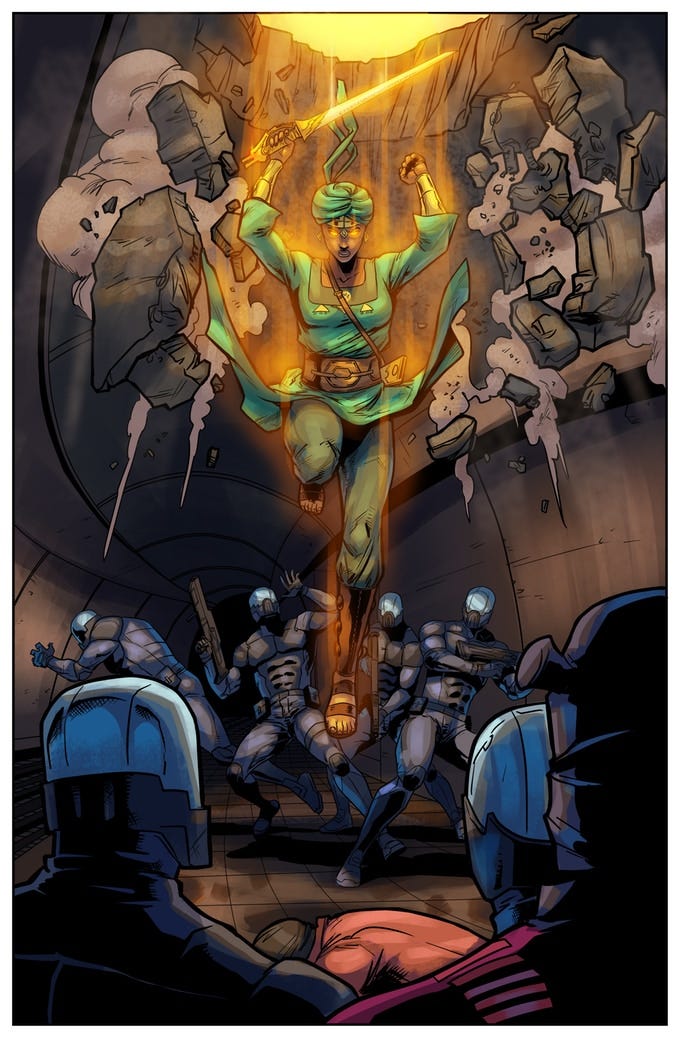
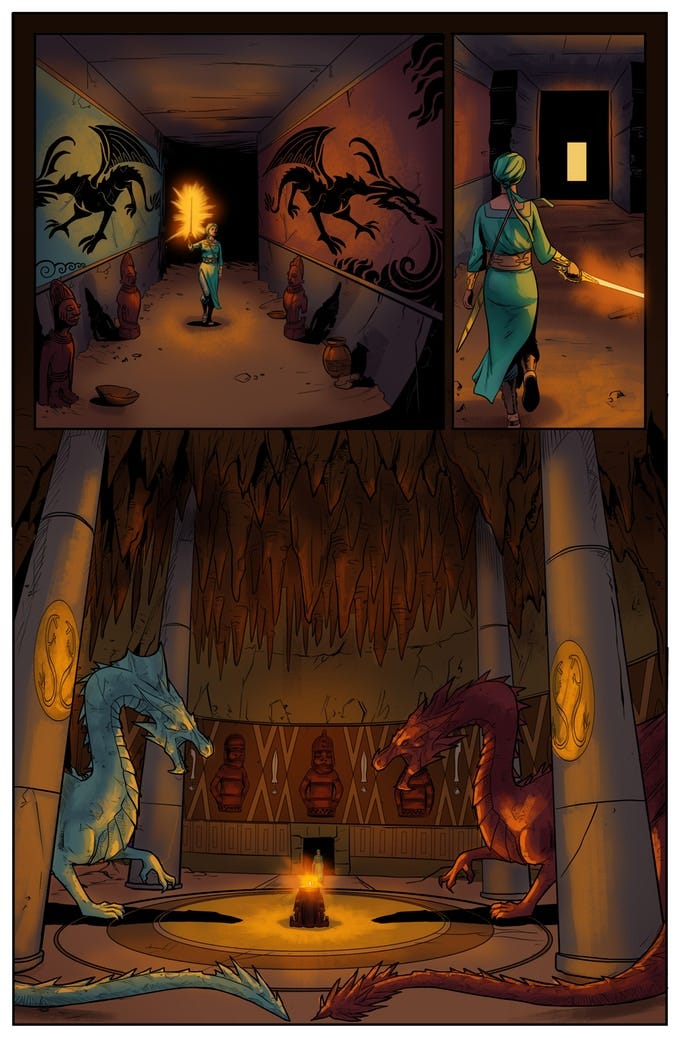
4. Have a minimum viable product.
We always had our product (the comics) about 70 percent finished by the time we launched our Kickstarter campaigns. I believe this played a big role in their success.
People on Kickstarter like to see that they’re supporting something that has a good chance of being completed. So if you can show them something functional, something that proves you’re well on your way, it goes a long way toward building trust. That’s where the idea of a minimum viable product (MVP) comes in.
An MVP is a product with just enough features to satisfy early customers, backers, or clients. It can also be an avenue for them to provide feedback for future iterations of that product. This is a great opportunity to invite your Kickstarter backers into the process, and could even set you apart from the pack.
5. Bring your audience along for the ride.
Another not-so-ancient proverb goes, “If you build it, [they] will come.” I believe the biggest misconception about Kickstarter is that “if you launch it, fans will come.” But in fact, the opposite is true. Kickstarter is a place to assemble your existing fans in support of a project you need their help to make possible.
One of the best things you can do to set yourself up for success is to build your audience outside of Kickstarter months before launching your campaign. At a minimum, I recommend building an email newsletter and a decent and engaged social media following.
6. Don’t be like everyone else.
How do you build an audience? By being yourself. It’s OK to learn from other Kickstarter campaigns, but don’t copy them — you have to find a way to stand out.
The competition is stiff. There are so many amazing creators doing amazing things. But there’s plenty of room for everyone. All you have to do is find your own unique voice and shout it from the rooftops. People love to see something (and someone) authentic.


7. People are paying attention (even if it doesn’t feel like it).
Sometimes, as you go through your prep to launch — posting on social media, sending emails to your mailing list, reaching out to press — all you get are crickets. No responses, no likes or replies. Then that negative voice sets in: “No one cares about my work.” But you’re probably wrong. Story time:
Before the launch of my second Kickstarter campaign for E.X.O.: The Legend of Wale Williams, Part Two, my wife (then girlfriend) and I went to grab some stuff from a CVS pharmacy. That night I happened to be wearing my E.X.O. T-shirt. When we got to the cash register, the young man ringing us up asked, “What does the symbol on your chest mean?”
I was about to make a Superman joke and say, “Hope,” but then I thought, “Maybe this would be a good time to market myself!” So I told him that the symbol was from my graphic novel. As I was about to bring out my phone to show him some pictures, he said, “Wait. If that’s what I think it is, I’m gonna lose my mind. Is that from the E.X.O. comic?”
My face absolutely lit up. Here was this total stranger who had actually read my book! We exchanged information and just totally geeked out.
Moral of the story? Sometimes it may feel like no one is paying attention when you’re promoting your project. You may not get as many likes or as many shares on social media as you want. Blogs or podcasts may not ask you for interviews. But just keep pushing. Keep putting out content consistently in the lead-up to your launch, because trust me: You are reaching people, and you are building something.
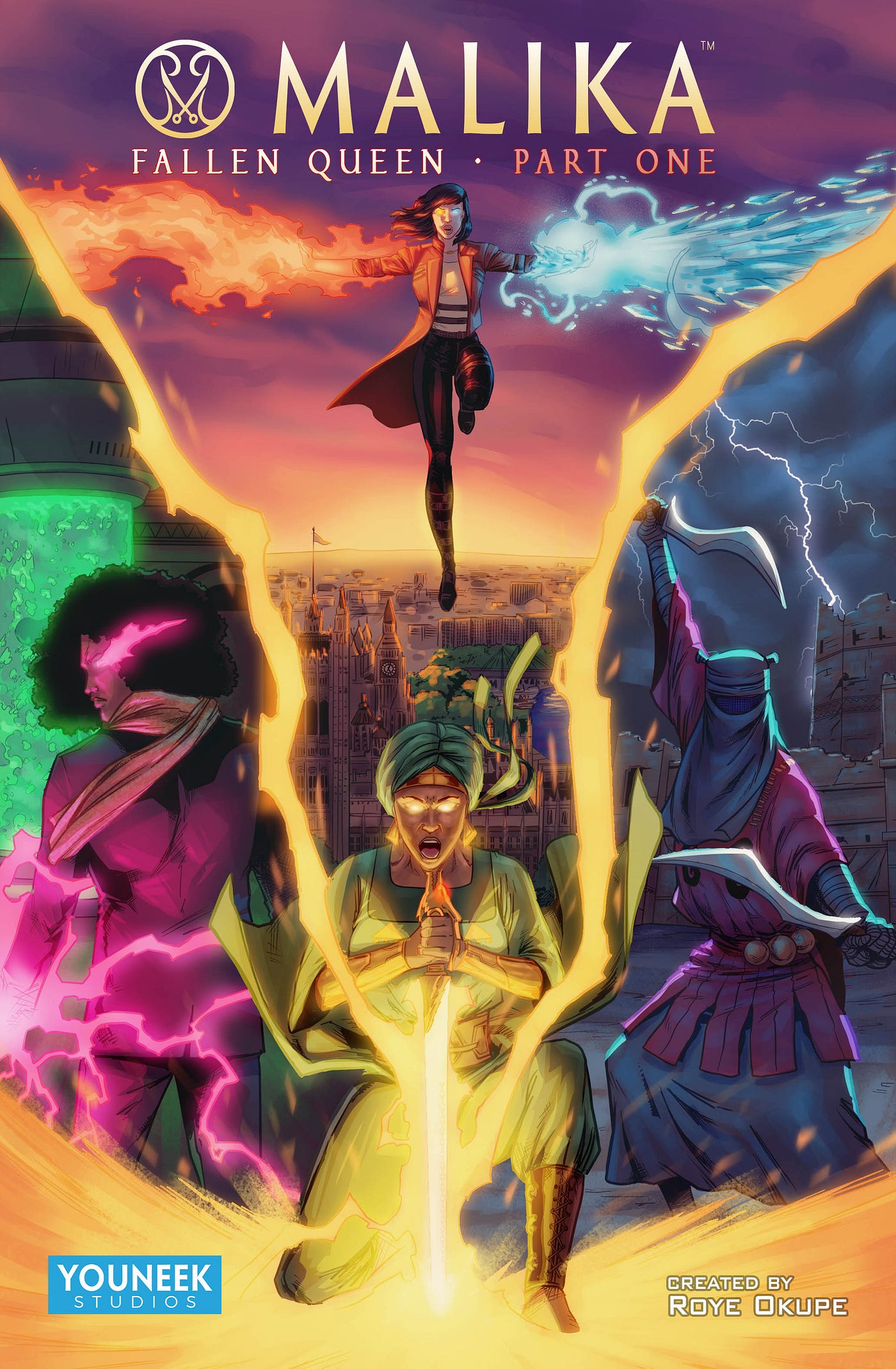
8. Don’t get too cute.
For my fourth Kickstarter, I made the mistake of trying to get too cute. I had all sorts of fancy combo rewards, complicated add-ons, and confusing stretch goals. Luckily, I have a very forgiving fan base, so I still got funded. But I feel like I left a lot of money on the table because I made my project too confusing.
Since then, I’ve learned that there is excellence in simplicity. Don’t bombard your audience with complicated jargon that no one but you understands. Make your campaign text clear and concise. When people hit your page, they need to know in 10 minutes (or less) what you’re raising money for, why they should support you, and what they’ll get in return. Don’t try to do too much — it’s not worth it.
9. Failure is not the end.
Whether it’s an unsuccessful Kickstarter campaign or some other creative failure, remember that it’s not the end of the road. There are two ways to look at failure: as the end of something, or as the beginning of something better. Choose the latter. Learn from your mistakes, go back to the drawing board, and come back with a vengeance.
There are two ways to look at failure: as the end of something, or as the beginning of something better.
10. The end is just the beginning.
A lot of creators (again, including me) forget to plan for life after Kickstarter. A successful campaign is not the end of something; it’s the beginning. Not only do you have to make sure you finish the product and get it to your backers promptly, but you also want to use that momentum to build a tribe around your brand and your products.
How? By consistently keeping your backers updated on your progress (good or bad). By asking them for feedback. By getting them to subscribe to your mailing list and follow you on social media, and keeping them engaged and in the loop about what’s next — or, better yet, asking them what they’d like to see next. Build your tribe. The sky’s the limit!
Roye Okupe is the author of the award-winning graphic novel Malika: Warrior Queen and founder and CEO of YouNeek Studios, which tells “extraordinary stories about extraordinary characters inspired by African history and culture.”

